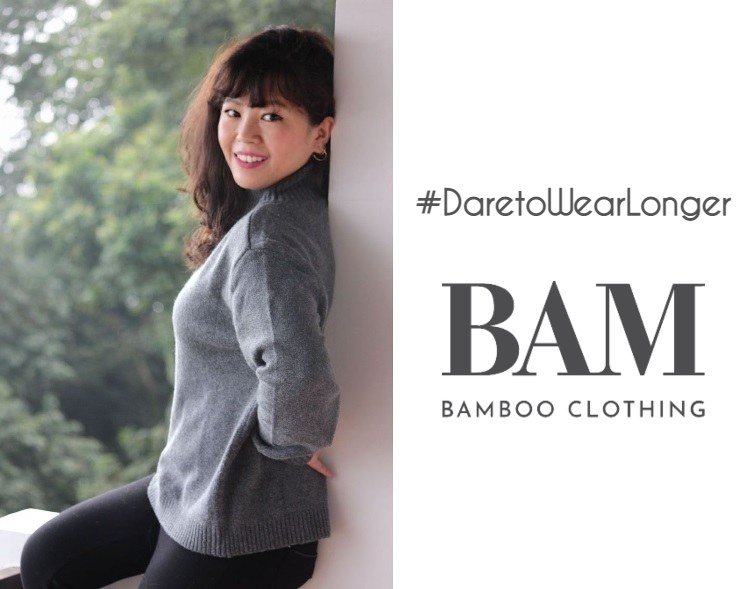Top Tips On Deciding On Bamboo Clothing
Wiki Article
Why Is Hemp More Biodegradable, Durable, And Regenerable Than Cotton, For Instance?
Hemp is more biodegradable than cotton, and is also regarded as durable. This is due to the inherent characteristics of hemp and how it is cultivated. Here's why- Biodegradability-
Natural Fibers - Hemp's fibres are biodegradable. Fabrics and clothes made of hemp are broken down with time. The waste is then returned to the earth without any long-lasting effects. It's a stark contrast to synthetic fibers including polyester, which take many years to degrade.
Hemp textiles are free of synthetic additives They do not contain synthetic additives. Hemp fibers typically do not contain any synthetic additives. Contrary to cotton textiles that may have chemical compounds made from synthetic materials (such as dyes or finishers) that can inhibit biodegradation, hemp textiles aren't.
Durability-
Hemp is well-known for its strength and durability. Hemp textiles and clothing are more durable than cotton, which helps make they last for longer. Hemp clothing is durable and washable many times before showing indications of wear.
Hemp fabrics are more resistant to pilling than cotton. This increases the life span of their fabric as well as its overall quality.
Regenerative Agriculture-
Soil Health Hemp cultivation has regenerative properties when used in a sustainable manner. The deep roots of hemp stop soil erosion and compaction, and can improve soil health through the aeration process and increased microbial activity. This feature of regenerative nature could make the soil more suitable for future cropping.
Low environmental impact - Sustainable hemp farming methods make use of fewer herbicides and pesticides, which reduces the harm to the environment. The cultivation of cotton using synthetic chemicals is more likely to cause erosion of soils and degrade the quality of water.
Water Efficiency-
Hemp usually requires less than cotton to grow. Due to its drought-resistant properties hemp can be grown with very little irrigation or rainfall. It is therefore more water-efficient especially in areas where water resources are limited.
Hemp can be incorporated into crop rotations, which improve soil health by reducing the possibility of soil diseases and depletion. In cotton farming that is conventional Crop rotation is more rare.
Hemp's versatility allows it to be used in many different applications including textiles, clothing, paper and building materials. This versatility allows hemp to be used in a vast spectrum of industries using the use of sustainable and regenerative methods.
Although hemp has many benefits, it's essential to be aware that both hemp and cotton are grown sustainably or not, depending upon farming practices and the processes used. The benefits for the environment of hemp can be maximized by choosing hemp products which are produced in a sustainable manner and using eco-friendly practices. Organic cotton products are also a great way to decrease the environmental impact of cotton that is conventionally grown. Have a look at the top rated click for source for hemp clothing for more info including hemp pants womens, hemp fleece fabric, hemp jeans, organic hemp hoodie, womens hemp clothing, mens hemp clothing, mens hemp trousers, hemp t shirt mens, patagonia volley shorts, patagonia iron forge pants and more.

What Can Hemp Fibers Do To Help In Carbon Sequestration, Sustainability And Crop Rotation?
Carbon Sequestration:
Hemp is a rapid-growing plant that is extremely fast-growing. It matures in just 70-120 days according to the variety and the conditions. During its rapid growth phase hemp plants absorb carbon dioxide (CO2) from the atmosphere in order to photosynthesis. This carbon uptake may aid in the sequestration of carbon dioxide which reduces the amount of CO2 that is absorbed by the atmosphere.
The hemp's capacity for high biomass production is well known. The dense leaves of the plant as well as its tall stalks produce an enormous amount of organic matter. This biomass is able to build up organic carbon in soils, or for other applications.
Sustainability:
Hemp crops need lesser herbicides and pesticides in comparison to other crops like cotton. The hemp's natural resistance to many insects and diseases is reduced by chemical intervention. Organic hemp farming, particularly is a sustainable farming method by avoiding synthetic chemicals.
Water Efficiency- Hemp is a relatively water-efficient crop that can thrive even without irrigation, particularly when compared with traditional cotton that is water-intensive. This makes it more viable in regions where water is scarce.
Soil Health- The deep root system can improve soil health. The hemp's roots aid to prevent soil erosion, by stabilizing the soil's structure and reducing runoff. Hemp farming can increase soil microbial activity, thereby improving soil fertility and nutrient cycling.
Hemp can be used in the rotation of crops. The practice of crop rotation is to alternate different crops in the same area over time. This practice can help break the pest and disease cycle as well as reduce soil erosion and improve the soil structure. Hemp's contribution to crop rotation can contribute to the sustainability of farming practices.
Crop Rotation-
Hemp is a versatile crop which can be utilized in combination alongside vegetables, grains and legumes. This diversity will help to maintain the soil's health. It will also reduce the risk of pests and diseases specific to crops, and help promote a healthy nutrition cycles.
Hemp’s deep-rooted roots can penetrate soils and open them up which reduces compaction. This also improves the water infiltration. The improved soil structure after hemp cultivation benefits subsequent crops.
In the end, hemp fibers improve carbon sequestration practices and sustainability, as well as crop rotation, and efficiency of water through their rapid growing biomass production and low chemical requirements. This makes hemp cultivation an environmentally friendly and sustainable agriculture practice. See the top rated hemp clothes for more advice including hemp and cotton fabric, patagonia hemp island pants, patagonia volley shorts, hemp cotton fabric, hemp hoodie, hemp sweater, hemp clothing for men, organic hemp hoodie, patagonia double knee pants, hemp button shirt and more.

What are the major differences between hemp and bamboo fibers?
Both hemp and bamboo fibers are plant-based fibres used to create textiles. Each one has distinctive properties and characteristics. Here are the major differences between bamboo and hemp fibers. Plant Source-
Hemp- Hemp fibers are made from the hemp stalks plant, particularly from the bast fibers on the outside. Hemp is a multi-purpose and quick-growing plant that has been used for a variety of reasons over the centuries.
Bamboo fibers- Bamboo fibers are derived by removing the woody part from the bamboo plant. Bamboo is grass that grows with rapid growth, as well as its ability to regenerate quickly.
2. Fiber Characteristics-
Hemp- Hemp fibres are recognized as strong and durable. They are the most durable of all natural fibers. With each wash they become softer which makes them suitable for textiles that last for a long period of time.
Bamboo- Bamboo fibers are extremely soft and silky in texture. They may be less dense and less sturdy than hemp, but are appreciated for their comfort.
3. Texture-
Hemp- Hemp fabrics have a textured, slightly coarse feel when they are in the natural state. It is extremely cozy, but it has a completely different texture from bamboo.
Bamboo- Bamboo fabric is smooth silky and incredibly soft. The fabric is described as having a silky cottony feel. It's extremely comfortable.
4. Breathability is crucial, as well as moisture-wicking.
Hemp- Hemp fibers are naturally air-tight and moisture-wicking, which allows the circulation of air and absorption of moisture. They can keep your body dry and cool in hot conditions.
Bamboo fibers are also highly breathable. They can wick moisture away. They have micro-gaps in them, which improve their ability to regulate temperature and humidity. This keeps you comfortably in various circumstances.
5. Environmental Impact-
Hemp Hemp is a type of fiber that is considered to be eco-friendly due the fact that it requires little water, is able to grow quickly and has a great resistance to pests. It also lowers herbicide and pesticide usage. It can also absorb carbon dioxide from the air during its growth.
Bamboo is known as a material that is sustainable. It grows quickly and requires minimal water and doesn't require synthetic pesticides. Some bamboos are considered sustainable, including Moso bamboo.
6. Processing-
Hemp- Hemp fibers require intensive processing to separate outer bast fibers and the woody core. Processing can involve decortication, retting and mechanical separation.
Bamboo- Bamboo fibers can be made by a chemical known as the viscose, or rayon process. It involves using chemical substances to degrade bamboo fiber. Although this can cause environmental concerns when not managed in a responsible manner, certain bamboo textiles make use of closed-loop systems to decrease the amount of chemicals that are disposed.
7. Versatility-
Hemp- Hemp fibres can be used for a variety of applications, including clothing, textiles, and paper. They are also great building materials.
Bamboo fibers- Bamboo fibers are mostly used in textiles and clothing, however they can also be found in some other products like towels and bedding.
In the end Both bamboo and hemp offer unique qualities and sustainability advantages. The choice of which one to choose is contingent on the specific qualities and characteristics you want in a textile item and your environmental preferences. Follow the top rated https://www.koraoutdoor.com/collections/bamboo for blog examples including cozy earth clothes, bamboo material clothing, bamboo apparel wholesale, bamboo bed clothes, angel dear bamboo pajamas, womens bamboo t shirts, bamboo pants womens, men bamboo boxer shorts, bamboo cotton shirts, bamboo shirt and more.
